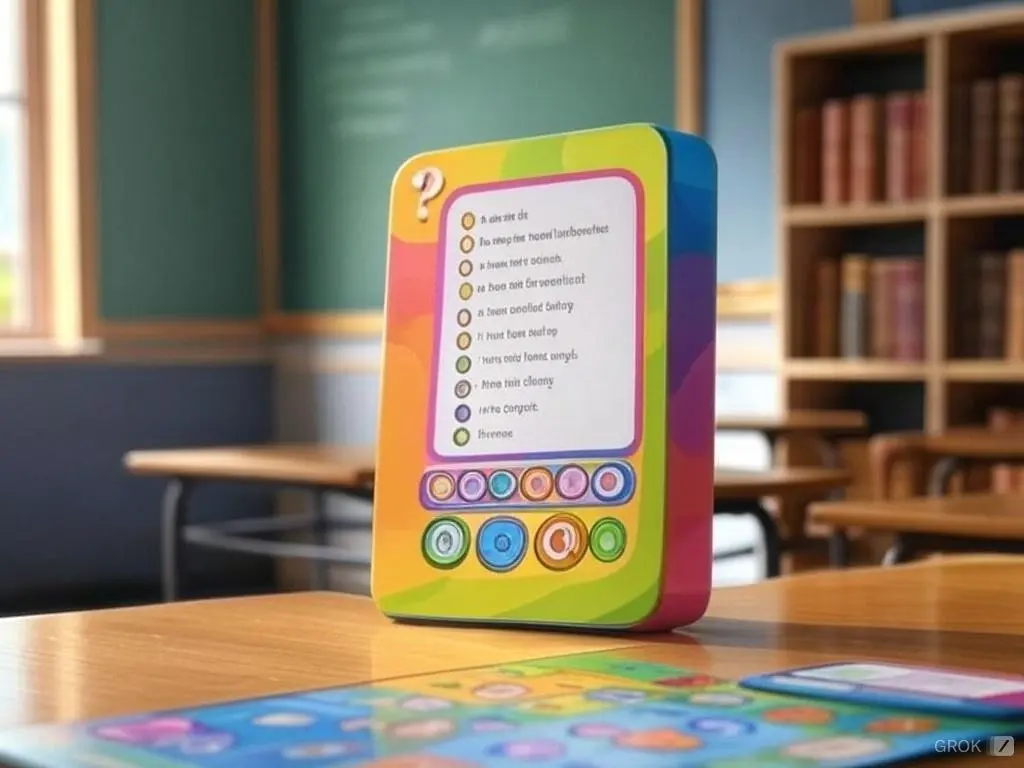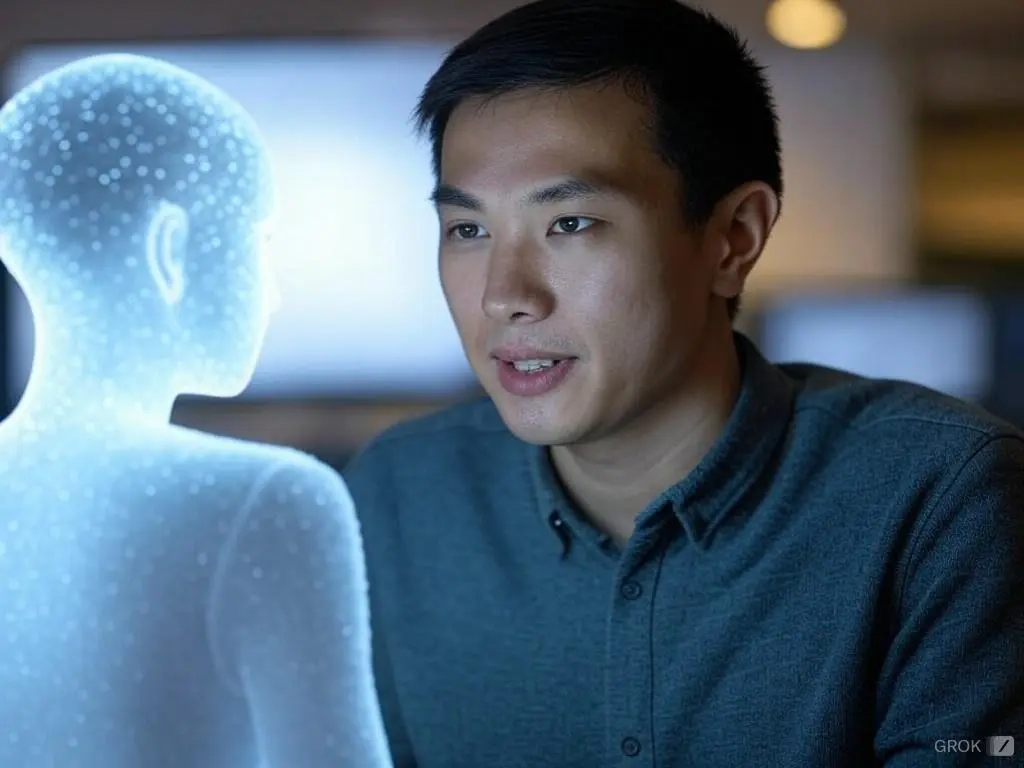
10 Ways To Use AI In Tutoring
In the year 2025, it is a must to implement AI in your classroom. Even if you are new to tutoring, you will benefit a lot from using AI. Let's dive deep into how you can use it to turn your tutoring sessions from ordinary to extraordinary.
AI isn't just about making things easier; it's about making learning more fun, personal, and effective. Here’s a detailed look into 10 ways you can integrate AI into your teaching, making each tip easy to understand and implement.
1. Adaptive Learning Paths
At its core, adaptive learning is an educational method where teaching techniques and content are dynamically modified based on the learner's performance.
It uses technology, often AI, to analyze how a student is learning and then customizes the lesson plan based on how well a student is doing.
How can you use it to adapt the lessons? Start with tools like Squirrel AI or Knewton. These systems analyze how students answer questions, then adjust the content accordingly.
Let's say you're teaching algebra. If your student aces linear equations but struggles with quadratic ones, the AI will notice this and shift the focus to quadratics, providing more examples, practice questions, or even different explanations until the concept clicks.
Every student learns at their own pace. With AI, you can ensure that no one is left behind or held back. It's like having a custom-fit learning journey for each student, where the path changes as they walk it.
2. Interactive Quizzing

We have all heard about the importance of quizzes and they are a perfect and engaging fit for formative assessment. Let's consider what AI can do already today to make a perfect quiz.
- AI can dynamically generate questions. It can analyze content from various sources, such as texts, PDFs, videos, or websites, to generate questions automatically. It can also generate a variety of question types, including multiple-choice, true/false, fill-in-the-blanks, and even open-ended questions, adding diversity to the quiz.
- Personalize. AI can adapt quiz difficulty based on the learner's performance or preferences, providing a personalized learning experience. This includes adjusting the complexity of questions or focusing on areas where the learner needs improvement, making it tailored to individual learning needs.
- Integrate multimedia. AI can incorporate multimedia elements like images, audio, or video into quizzes, which not only makes them more interactive but also calls to different learning styles. For example, a quiz could include a video from YouTube where AI generates questions based on the video content, making the quiz experience more dynamic.
- Provide immediate feedback. AI can provide instant feedback on answers, explaining why an answer might be correct or incorrect, which greatly saves time.
- Gamify. AI can help by introducing gamified elements like scoring systems, leaderboards, or rewards (like badges or certificates) based on quiz performance. Game-like experience increases motivation and engagement.
- Real-time interaction. With AI, quizzes can be made interactive in real-time, where students might interact with an AI tutor or system that provides contextual hints, further questions, or explanations based on the answers given. This can be particularly effective in scenarios where the AI can adapt the quiz based on real-time performance, much like an adaptive learning system.
- It can add voice and visual interaction. AI can enable voice activation or involve visual recognition tasks in quizzes, where students might draw or interact with images on-screen, making the quiz process more engaging for younger learners or in educational settings using mixed reality.
You can use platforms like Quizlet for adaptive learning, Factile for Jeopardy-style games, Kahoot as a game experience for the live classroom. Or QuestionWell to generate quizzes directly from textbook content, making quiz creation both dynamic and engaging for students.
This type of quiz will keep students engaged because they're always at the edge of their knowledge, not bored or frustrated.
3. Real-Time Feedback
AI can give feedback on written work as it's being done. Tools like Botify AI or Grammarly can provide instant feedback on essays or reports.
As your student writes an essay on environmental science, the AI flags grammar mistakes, suggests better word choices, or even points out where an argument could be stronger.
You can then go over these suggestions together, making the learning process more interactive.
Hence, writing becomes a live conversation rather than a lonely task.
4. AI-Assisted Lesson Planning

AI can help you plan lessons that are not just educational but also engaging.
You can use ChatGPT, Grok, or Claude to generate lesson plans based on what your students love.
For instance, if you know your student is into video games, you can plan a lesson on statistics or physics using gaming scenarios. The AI will suggest activities or questions that relate to the learning plan and resonate with the student's interests.
Moreover, not only can AI create lesson plans, you can use it to generate interactive and engaging lesson materials.
5. Virtual Reality Learning

AI can power VR to make learning an immersive experience.
Platforms like Google Expeditions let you take virtual field trips.
Teaching history? Send your students to ancient Egypt to walk through the pyramids. Biology? Explore the human body in 3D. The AI adapts the experience based on what the student explores or asks about.
It's one thing to read about something and another to see and interact with it. VR will turn abstract concepts into tangible experiences and learning memorable and exciting.
6. Gamification of Learning

Turning education into a game with AI making it responsive.
For instance, you can use Minecraft: Education Edition or similar platforms or apps like Duolingo, which provides gamified learning. It can be any game relevant to your subject. You will be surprised how much students can learn simply by playing games related to the subject.
Of course, you don't want to tell your students to play any game as homework. You want to provide a game or gamified app related to the subject or topic you explained.
For instance, learning coding through building in Minecraft. As students code, the AI adjusts the challenges - maybe a new creature appears they need to code behavior for, or they have to solve a math problem to unlock resources.
Students learn by doing and solving problems in a context they enjoy. Plus, the immediate feedback loop of games keeps them motivated.
7. Language Mastery
AI helps in mastering languages through personalized learning paths.
If your student struggles with Spanish verb conjugations, the AI will focus on those, offering more practice, different explanations, or even using relevant cultural contexts to make learning stick.
Language learning becomes less about memorization and more about understanding and using the language in real contexts.
8. AI Chatbots for Support

Chatbots provide help when you're not around.
You can deploy a chatbot like Jasper or customize one to sound like you.
Students hit a wall with homework at 10 PM? The chatbot can guide them through, offering hints or explanations in your teaching style.
Usage of the chatbot allows you to extend your reach, providing support around the clock and promoting independence in learning.
9. Data-Driven Insights
On top of that, you can use AI to analyze how students learn to give you insights.
Use tools like Edulastic to get detailed reports on student performance.
You notice from the data that a student learns better visually. Next session, you bring more diagrams, charts, or even use VR to explain the same concept.
If you are just starting, without training, it will be difficult for you to catch your student's learning style. Hence, AI will help you to be a more effective teacher by showing not just what to teach but how to teach it best for each student.
10. Creative Content Generation
In addition, and as I have already mentioned, AI helps create unique educational content.
For example, do you need a creative writing prompt for your literature class? The AI might suggest writing from the perspective of a character in a book the student loves, adjusting the prompt to their reading interests.
It stimulates creativity in both teaching and learning, making lessons less about textbooks and more about imagination.
Sometimes, when preparing students for international exams and they need more practice than expected, I use AI to create additional training materials.
By integrating AI into your tutoring, you're not just teaching; you're creating an educational experience that's as dynamic as it is informative. With these tips, your classroom becomes a place where learning is not just encouraged but celebrated.
Though many tutors think AI will replace tutors, think of AI not as a replacement for your teaching but as an amplifier of it. Remember, the goal is to make learning not just a task but an adventure.

Written by Liudmyla M.
Experienced Tutor with over 12 years of teaching both online and offline. Passionate about helping students achieve their goals through personalized and practical methods.

